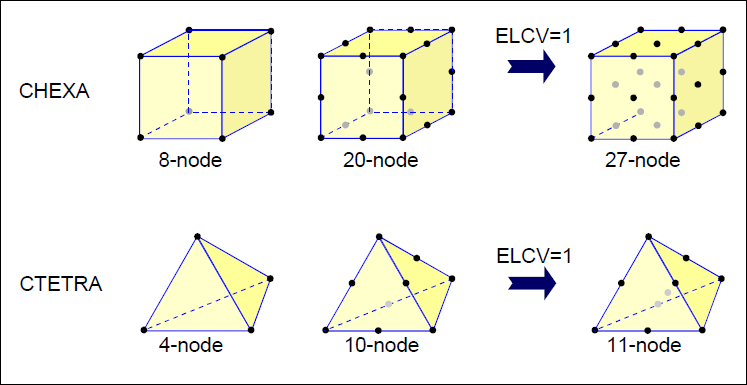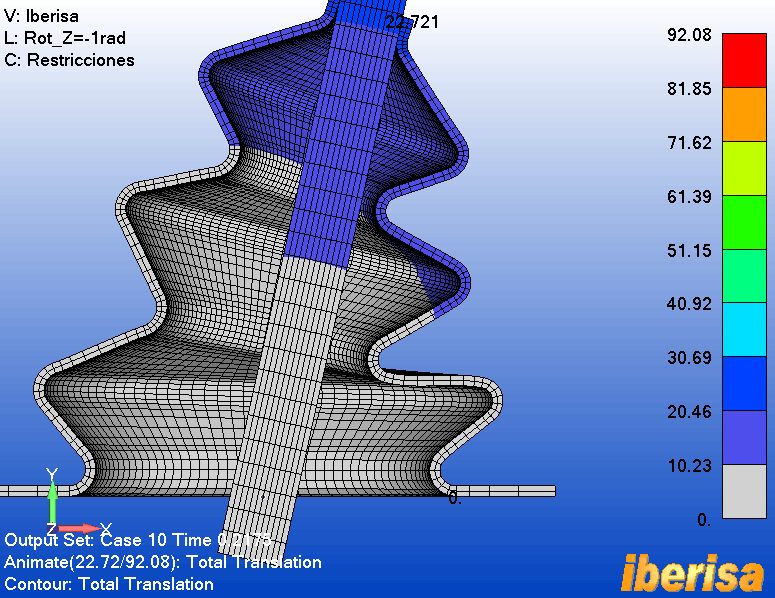thread727-152330
Hello,
I am dealing with a mechanical model in linear analysis.
The model represents a cylinder made of steel with a top and a bottom flange. The bottom flange is fixed and I apply loads on the top flange. By the way, the cylinder has a hole at mid-height.
Comparing the Hexa-20 model with the Tet10 model (same size), I have got quite the same deformation. But the Max VM Stress is in the wall of the hole for Hexa-20, while just below the top flange for the Tet10. The issue is the Hexa-20 gave me an acceptable level of stress while the tet10 gave higher than my criteria.
Which model is the most realistic?
Thanks.
Hello,
I am dealing with a mechanical model in linear analysis.
The model represents a cylinder made of steel with a top and a bottom flange. The bottom flange is fixed and I apply loads on the top flange. By the way, the cylinder has a hole at mid-height.
Comparing the Hexa-20 model with the Tet10 model (same size), I have got quite the same deformation. But the Max VM Stress is in the wall of the hole for Hexa-20, while just below the top flange for the Tet10. The issue is the Hexa-20 gave me an acceptable level of stress while the tet10 gave higher than my criteria.
Which model is the most realistic?
Thanks.


